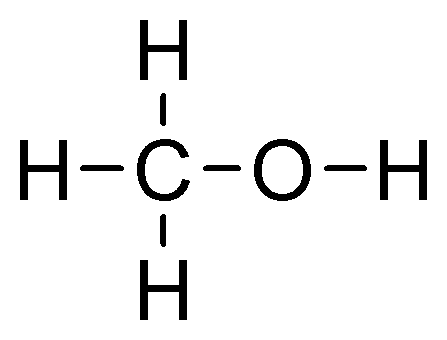- Messages
- 6,392
- Reaction score
- 27,001
- Points
- 698
But on addition of those should form OCTENE na?Cracking of octene produces molecules that have less carbons than octene.
W, X, Y and Z are thus all possible products of cracking of octene.
Is thermal cracking and catalytic cracking different?

